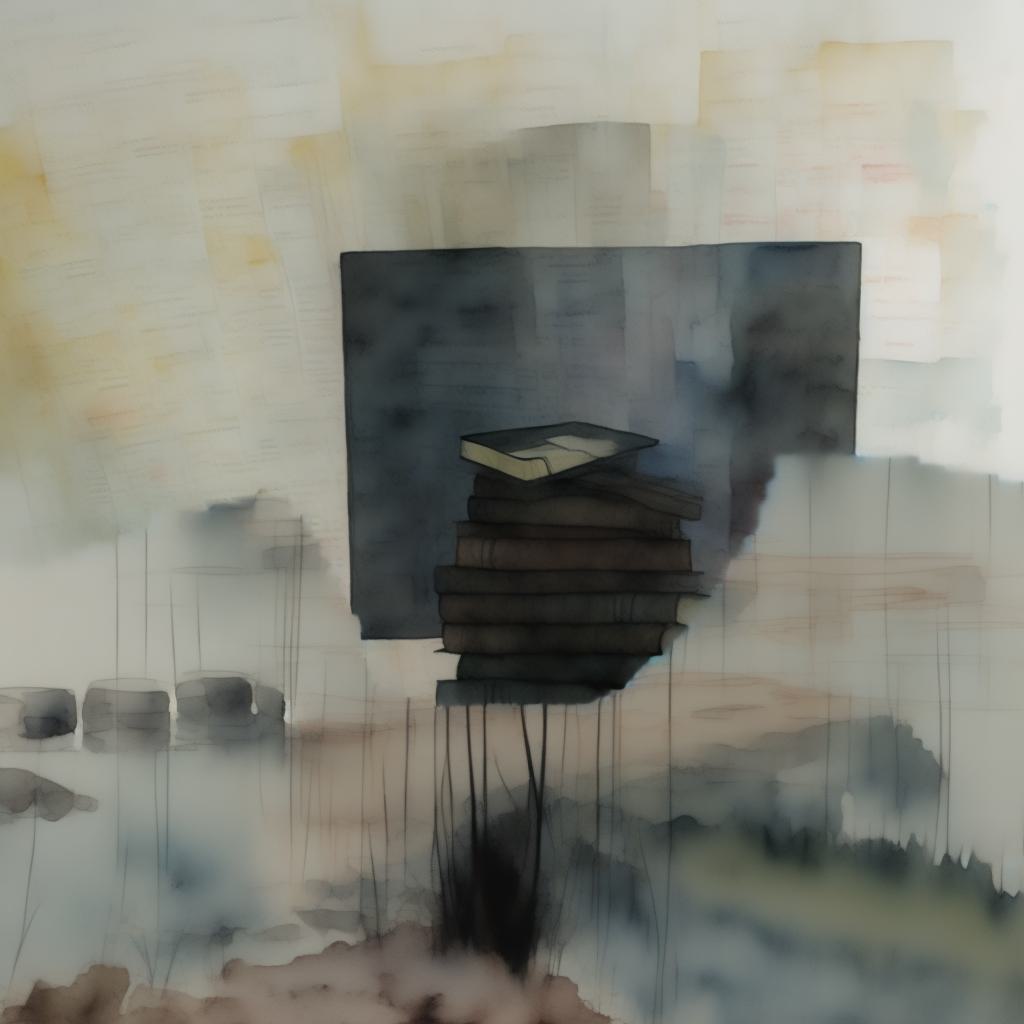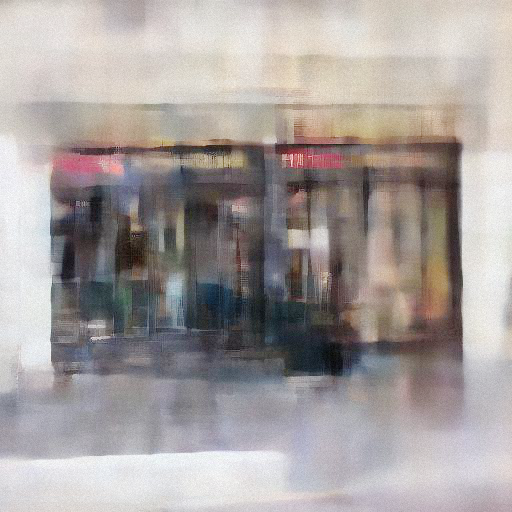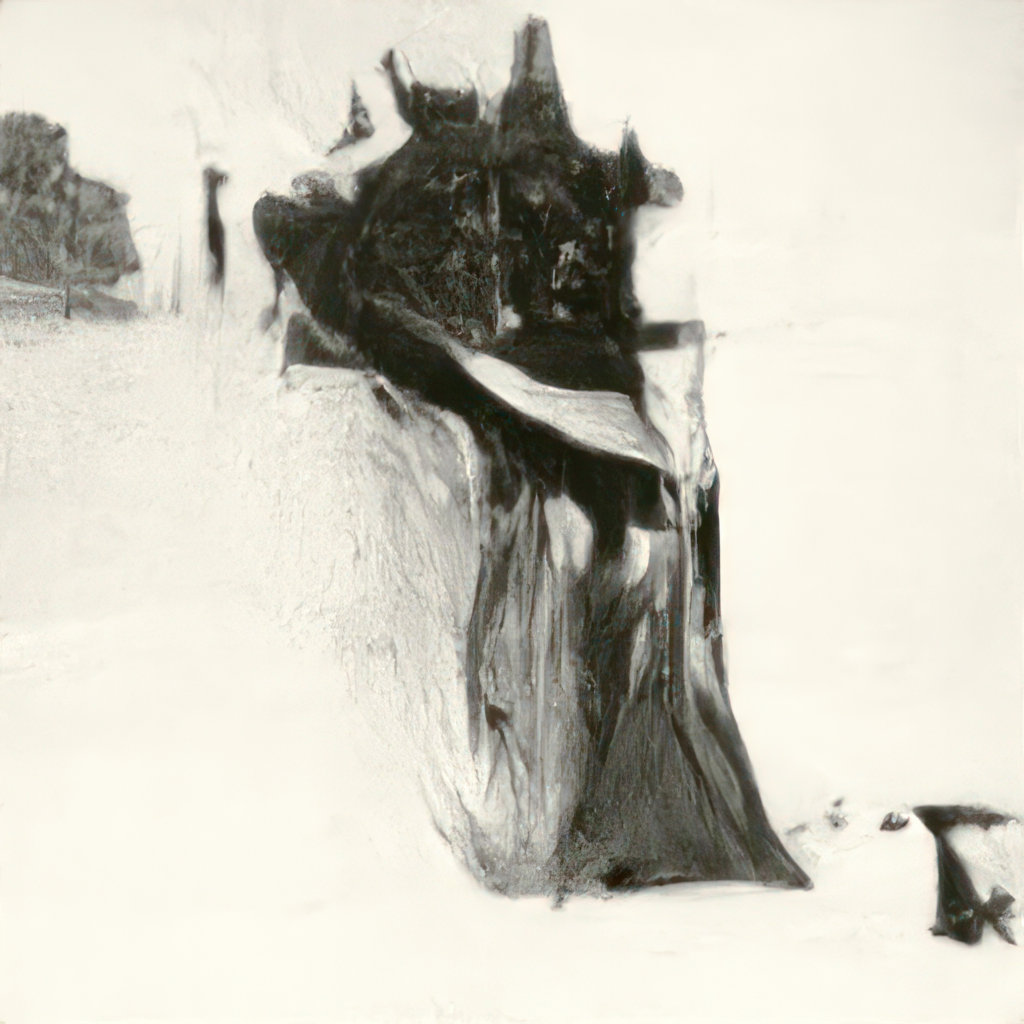… and visuality still is what matters, after eight years.
The prevalent view of AI with regard to visual arts is probably an easy way to produce high quality images with as little effort as possible. My own approach, however, is diametrically opposed to this. Since 2015 I have immersed myself in techniques of AI base image processing and developed my own AI based methods and tools for specifically artistic work.
Thus, I develop my AI based tools and processes myself. This kind of work encompasses both technical developement and experimentation and exploration into areas of visual expression, which one might not have ventured into otherwise. Emerging from those processes, my works then take from of art prints, videos, or interactive setups typically showing a slowly evolving image, which in some works even reacts to the spectator.
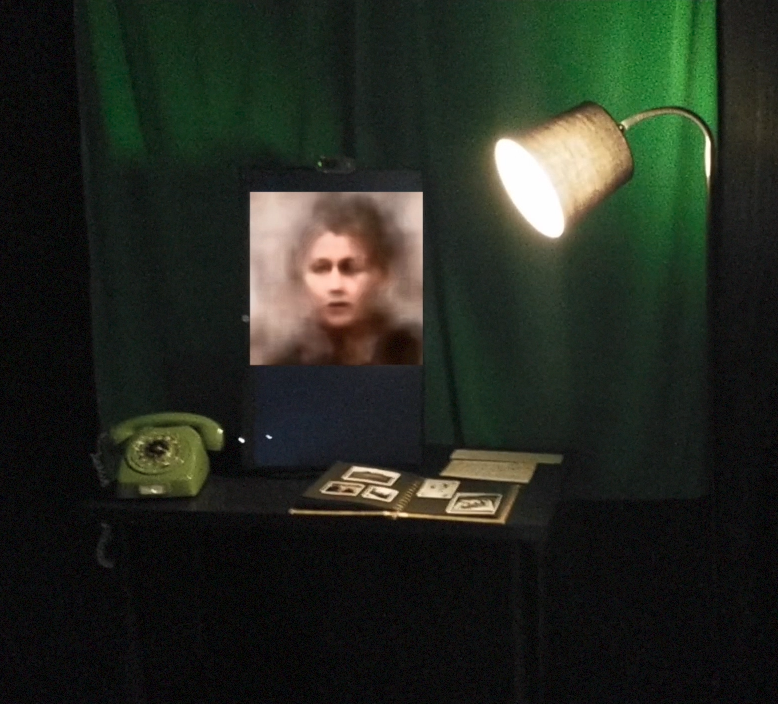
In this work, ”1979”, from my exhibition ”Faces, memories” in 2020, I am commenting on changes regarding our personal communication and collecting of memories, which has occurred during the past 40 years.
The screen is like a mirror, with a stream of faces as if from the past, on the telephone you hear a conversation, there is photo album and a post card on the table. After moment, your own facial features may appear on the faces shown in the mirror.
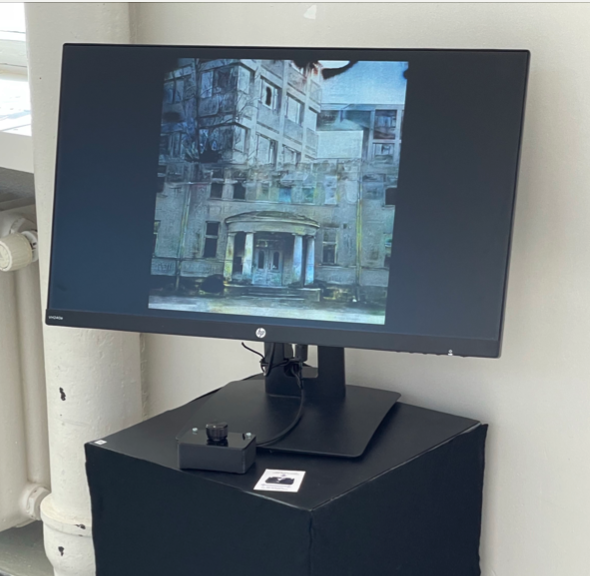
Here, a recent interactive work showing a slowly evolving image. Various city views appear mixed with each other in an odd way, continually changing in minimal steps. You can recognize places but something is still not quite right.
The image keeps changing slowly, but the spectator can also grab a rotary dial to move back and forth, looking for the best mix. In this exhibition, I had included a selection of local views to make the work more meaningful in the context of the exhibition.
Whereas the current AI trend produces images based textual input, my own approach is predominantly visual, proceeding from images, guided by images, into images. I do not believe that written text can capture the kind of richness of visual expression required in serious work in visual arts. I usually proceed from my own photos, modify them, feed them into AI based processes I have myself developed, monitor the images emerging and adjust the process accordingly. Lots of images appear in this phase, some of them I do pick up for the next phases to be refined further. It also happens that images I have set aside become essential later in a different context.
There are lots of ways I can affect the emerging images, besides the actual input material, by adjust the process itself. In my experiments I tend to move between the poles of minimal and chaotic, observing my own feelings regarding the purely visual aspects: textures, light and shade, variations of hue, shapes and their boundaries. Your direct experience of the visual aspects is primary, not so much what the image represents. Of course the image may also represent something, yet it should not bee too obvious. Often I prefer to leave my works somewhat ambiguous. One interesting prospect would be to develop an interactive work allowing the spectator to explore her own visual-aesthetic perception and experience in the same way as I have done in my creative process.



